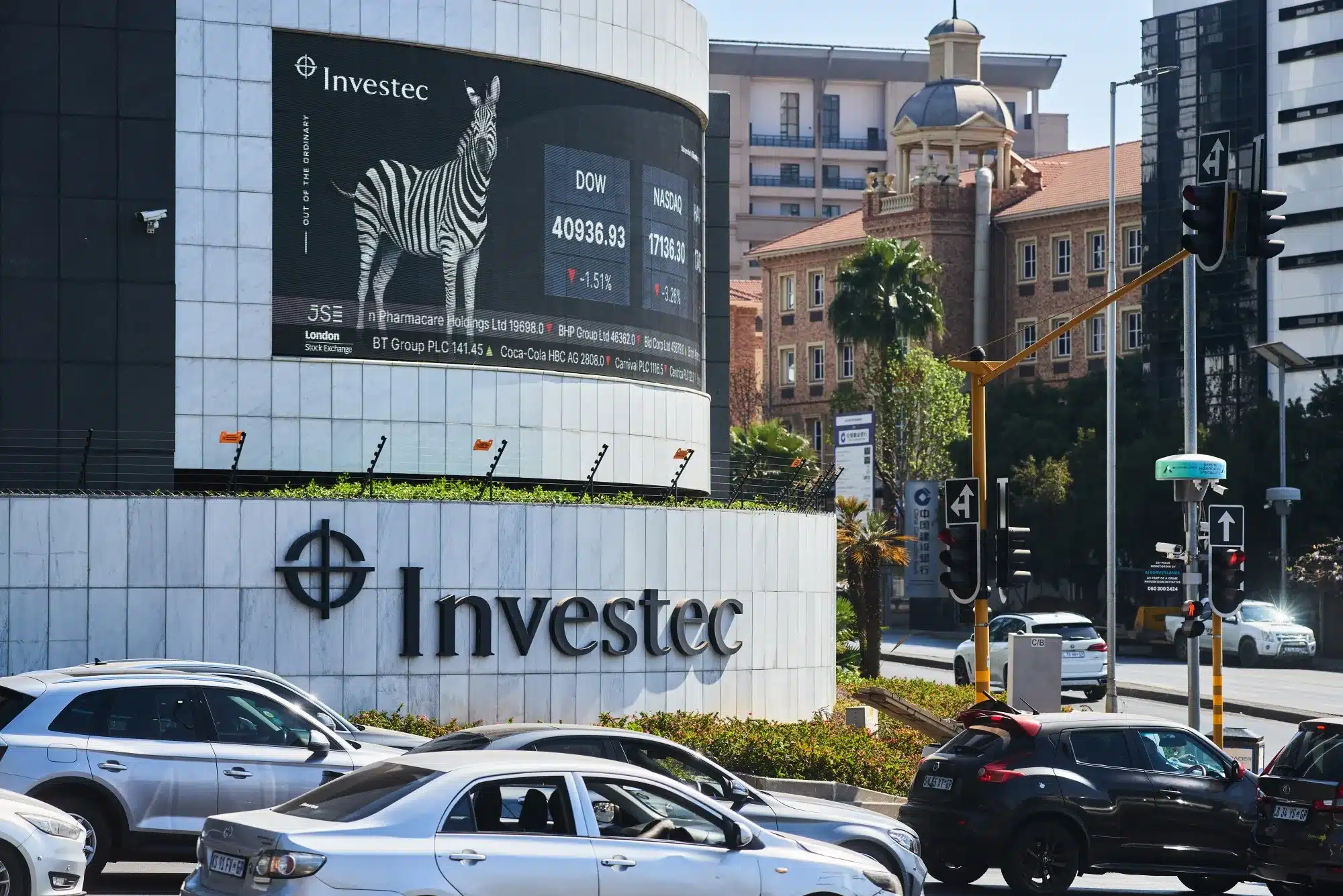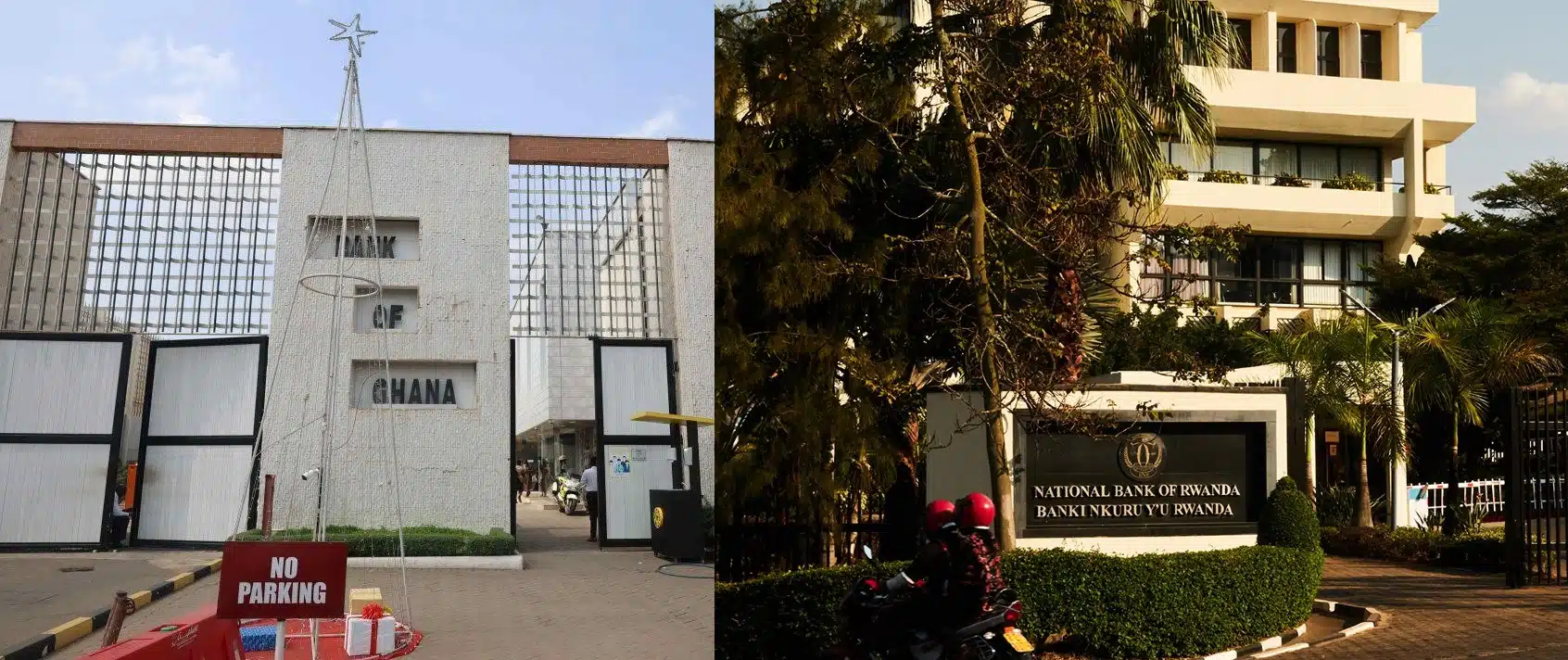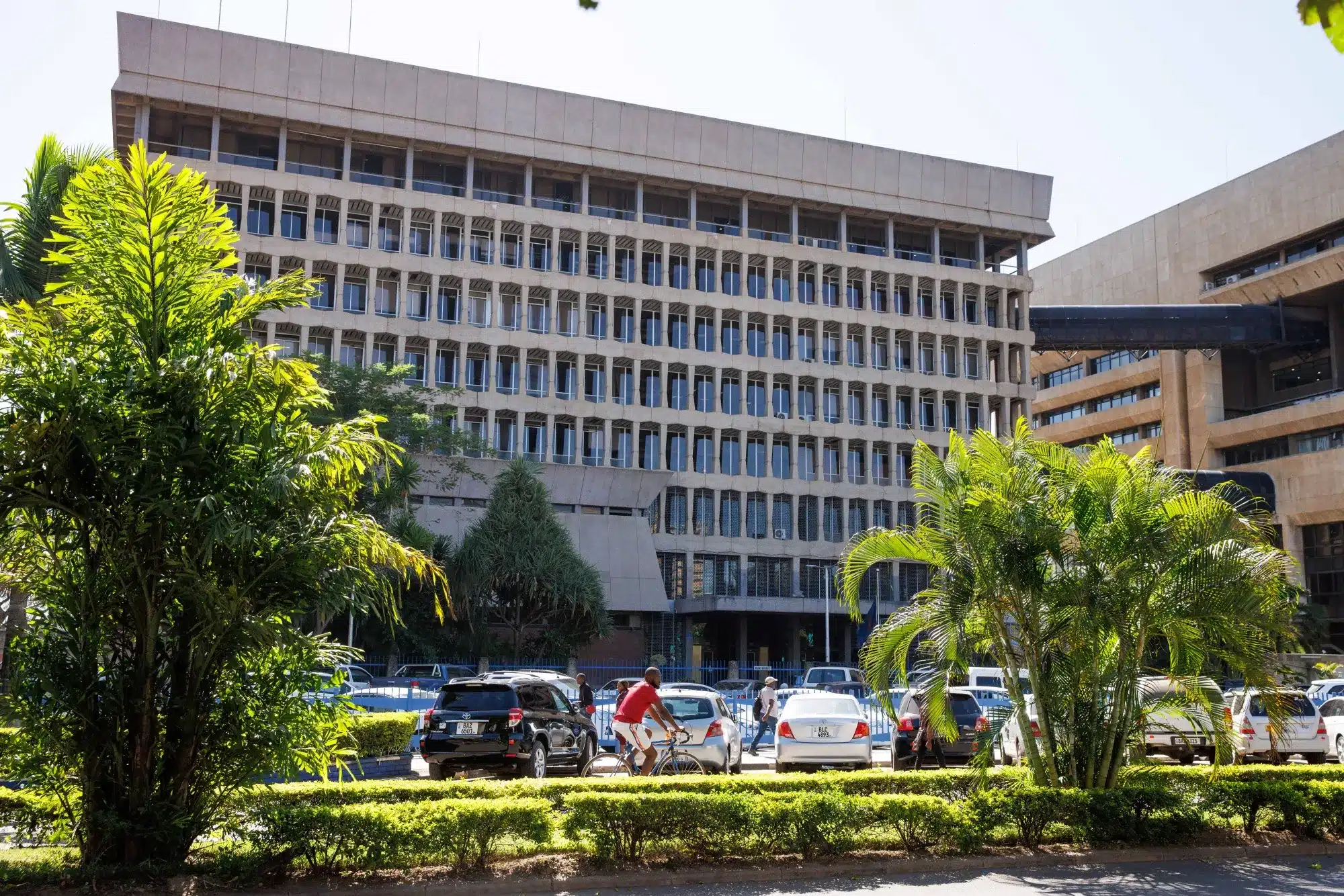Anglo-South African banking and wealth-management group Investec is calling on global regulators to revisit key elements of the Basel III framework, arguing that the current rules put emerging-market lenders at a structural disadvantage compared with their larger developed-market peers.
The bank’s South Africa unit Chief Executive, Cumesh Moodliar, told Bloomberg TV last week, that the rules should create “a fair playing field” for all banks.
Moodliar pointed out that “the US, Europe, and the United Kingdom have differing approaches to the rules, which have imposed a steep cost on banks that operate in developing markets.” He added that because banks in emerging markets “already hold more capital and pay more for funding,” extra surcharges under Basel III will bite harder.
Investec is not arguing that it is under-capitalised. Its most recent filings show the group’s capital and liquidity ratios remain strong.
However, it warns that the next round of Basel III reforms — especially the “end-game” elements that many jurisdictions are still implementing — will increase the burden on banks in markets like South Africa, unless the rules are better calibrated to account for structural differences.
What Basel III means and why it matters
Basel III is the global standard developed by the Basel Committee on Banking Supervision (BCBS) for bank capital, leverage and liquidity. It emerged in the aftermath of the 2008 financial crisis to strengthen banks’ ability to absorb shocks, improve risk management and reduce the chance of systemic failures.
Key components include:
- Minimum Common Equity Tier 1 (CET1) capital expressed as a percentage of risk-weighted assets (RWA).
- A capital conservation buffer, counter-cyclical buffer, and for some jurisdictions an additional surcharge for global systemically important banks.
- Liquidity and funding rules such as the Liquidity Coverage Ratio (LCR) and Net Stable Funding Ratio (NSFR).
- The “end-game” reforms (sometimes called Basel 3.1 or Basel IV), which refine the calculation of RWAs, introduce output floors and unify regulatory approaches.
For banks, complying with Basel III means holding more equity, managing leverage more tightly, maintaining more stable funding and sometimes altering business models. That can raise the cost of capital, constrain lending growth, and change how banks price risk.
For regulators and investors, it matters because it influences systemic resilience, credit availability, bank risk profiles — and ultimately the health of economies reliant on bank financing.
Investec’s financial strength – the numbers
Investec’s disclosures show a bank that is well-capitalised and operating above regulatory minimums. As of September 30, 2025, the group reported a CET1 ratio of about 14.6% and a leverage ratio of about 6.3%, according to FT Markets data.
The South African entity, Investec Limited, reported a CET1 ratio of roughly 15.3% at the end of June 2025, based on filings published through Listcorp. In its November 2025 interim report, the group also highlighted that its liquidity metrics remain conservative.
The most recent detailed disclosure, published a year earlier, showed an LCR of September 30, 2024, according to Investegate.
Taken together, these metrics confirm that Investec consistently meets and exceeds Basel capital and liquidity thresholds.
The issue it is raising is not a weakness in its present balance sheet but the future impact of regulatory changes that could require African banks to hold even more capital or alter their business mix in ways that reduce lending capacity.
Why the reforms matter to African banks
The case Investec is making rests on the structural realities facing African banks. Many operate in countries with sovereign ratings below investment grade, which inflates the risk weightings they must apply to their government exposures.
Higher sovereign risk weights automatically push up risk-weighted assets and therefore raise capital requirements. In addition, African banks often face thinner and less liquid capital markets.
Developed-market institutions are able to issue Additional Tier 1 instruments or senior debt on far more favourable terms. Emerging-market banks must pay more for the same funding, which narrows flexibility when capital rules tighten.
Their business models also differ in ways that interact directly with Basel III mechanics. African lenders often book a higher share of retail, SME and corporate lending in domestic currency, manage wider cross-border exposures, and carry more pronounced FX and sovereign-linked risks.
These are activities that the standardised approaches under Basel III may treat as more capital-intensive.
On top of that, major jurisdictions such as the EU and UK are phasing in the final Basel reforms through 2027 and 2028. The uneven pace of adoption, and the possibility of local adaptations, creates competitive asymmetries that emerging-market banks cannot easily absorb.
The Basel Committee has estimated that the final package of reforms would raise minimum capital requirements by around 2.1% on average for large international banks. For a European or American lender operating in deep financial markets, that increase may be manageable.
For an African bank that already pays more for capital and funding, the same increase represents a much heavier burden and could materially slow credit growth.
This is the background against which Investec argues that African banks risk facing higher costs, tighter lending capacity and a more limited ability to support economic development if global rules are applied without regard to regional differences.
Regulatory response and implications for Africa
South Africa’s Prudential Authority and the South African Reserve Bank have committed to aligning the domestic framework with Basel standards. Their challenge is to preserve the country’s international regulatory credibility while ensuring that tightening global rules do not constrain local lending capacity.
The implications extend beyond South Africa. As the only African member of the Basel Committee, South Africa often provides a reference point for regulators across the continent.
If the final Basel III package pushes South African banks into more capital-intensive positions, the effects could spill over into other systems where banks have less capacity to absorb higher buffers.
Sim Tshabalala, Standard Bank’s Chief Executive, has supported the argument for better calibration. He has said that capital rules need to reflect the realities of emerging markets if African banks are to mobilise long-term financing for infrastructure.
Standard Bank estimates that Africa requires about $170 billion of infrastructure investment each year, but currently secures only about half that amount. The way global rules are set, therefore, becomes a development issue.
If African banks face persistently higher capital costs, their ability to scale credit will weaken. That would affect infrastructure financing, business expansion and economic resilience across the region.
What’s next for Basel III and Africa
Attention now shifts to how the Basel Committee and national regulators complete the implementation of the final reforms. The most sensitive elements include the output floors that limit how much banks can reduce capital by using internal models.
Regulators are also still shaping the revised standardised approaches for credit and operational risk, which may raise risk-weighted assets for banks that rely on simpler methods. Another open question is timing. African regulators will need to decide whether to match the EU and UK implementation schedules or establish their own timelines.
These decisions have direct financial consequences. Higher capital requirements increase the cost of funding or reduce returns on equity unless banks adjust their business models. If banks absorb these costs without expanding lending, margins may shrink and credit growth may slow.
For African lenders and regulators, the central concerns are whether capital flows will remain competitive, whether lending capacity will be constrained, and whether banks will still be able to support long-term infrastructure investment.
Investec’s intervention recasts this as a matter of systemic fairness rather than individual profitability. The core question is how global rules, designed primarily for large developed-market banks, may unintentionally shape the credit capacity of African financial systems and influence the continent’s broader growth trajectory.











